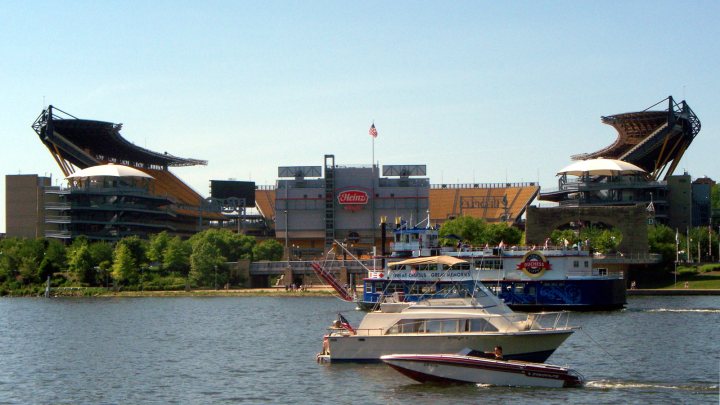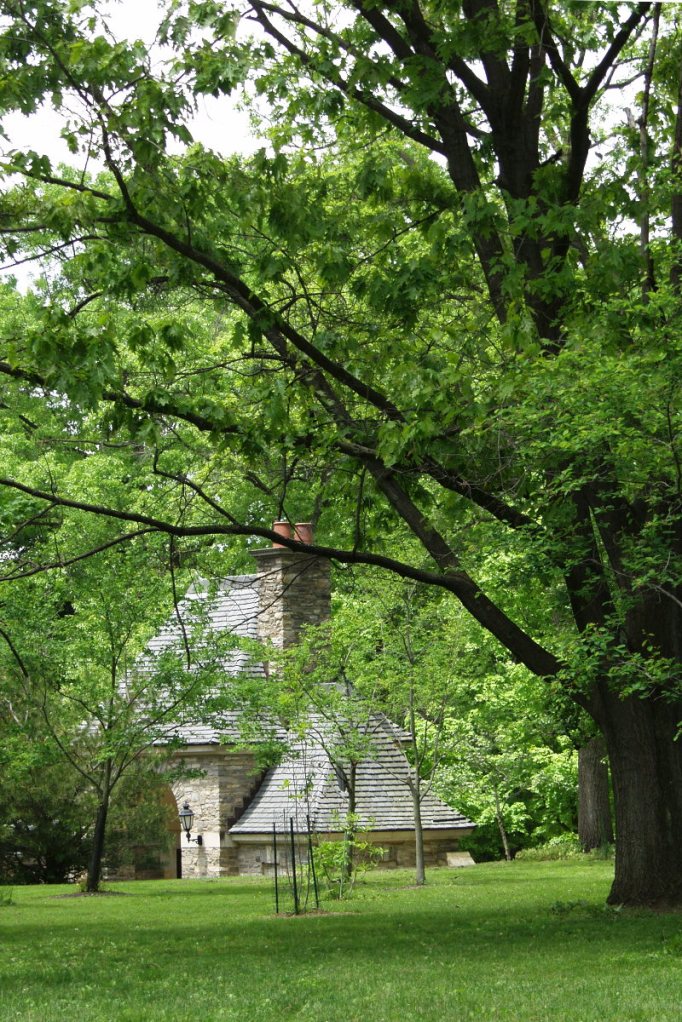Around the bend we’ll cross one of the famous tufa bridges.
-
Oliver Building
One of sixteen buildings designed by the great Beaux-Arts master Daniel Burnham, the Oliver Building, finished in 1910, is typically elegant, and its scale is magnificent. It spans a whole city block. The back of it is a typical tripartite division that allowed large buildings like this to have more windows, more cross-ventilation, and possibly more of those desirable corner offices.
Click or tap the article title for comments.
-
Butterflies at Phipps
The Butterfly Forest in the Stove Room at Phipps is aflutter with butterflies all summer. Above, a Julia (Dryas iulia); below, a White Peacock (Anartia jatrophae).
Click or tap the article title for comments.
-
Coral Fungus
A coral fungus growing by a rotting log in Bird Park, Mount Lebanon. Old Pa Pitt begs your indulgence for a slightly noisy low-light picture.
Click or tap the article title for comments.
-
Moth
This beautiful moth seems to be dressed for her wedding day. Perhaps some kind lepidopterist will identify it for us. —UPDATE: Old Pa Pitt believes this to be a Snowy Geometer (Eugonobapta nivosaria).
Click or tap the article title for comments.
-
Waterfall in the Kane Woods Nature Area, Scott Township
A little stream in the Kane Woods Nature Area gurgles musically. Absolutely nothing happens in this video except water rolling over rocks, and a bit of wind blowing. Set it to full screen and relax for four minutes. Or go watch paint dry.
Click or tap the article title for comments.
-
Back Slopes of Mount Washington
The thin line of luxury condominiums along Grandview Avenue is most of what people downtown see of Mount Washington, but the back side is a typical and very pleasant working-class Pittsburgh neighborhood. Half a block may make a difference of half a million dollars in a resident’s annual income.
Click or tap the article title for comments.
-
Frick Park Gatehouse
The gatehouse to Frick Park, across from the Frick Art Museum, at Reynolds Street and Homewood Avenue.
Click or tap the article title for comments.










